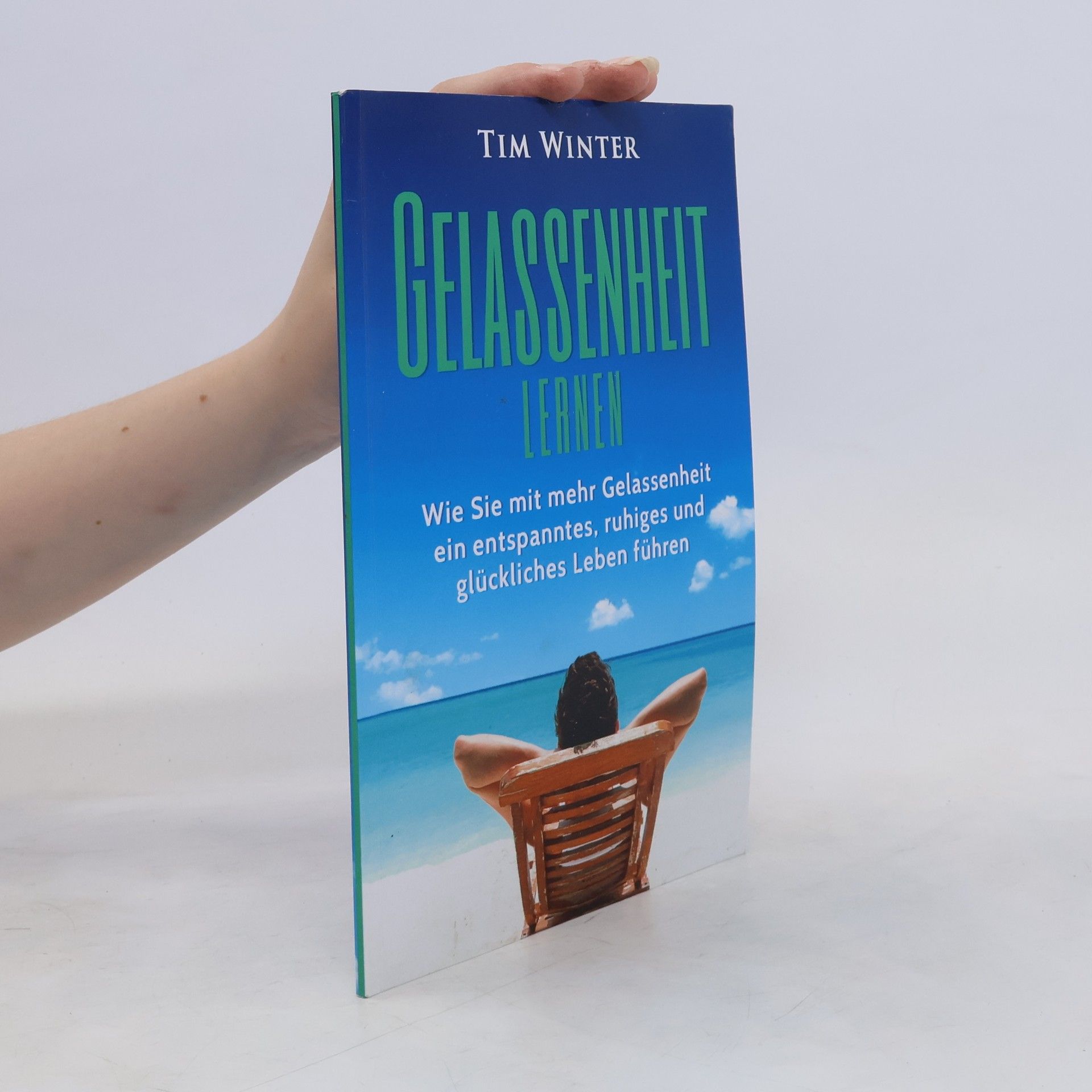From the Great Game to the present, an international cultural and political biography of one of our most evocative, compelling, and poorly understood narratives of history.The Silk Road is rapidly becoming one of the key geocultural and geostrategic concepts of the twenty-first century. Yet, for much of the twentieth century the Silk Road received little attention, overshadowed by nationalism and its invented pasts, and a world dominated by conflict and Cold Warstandoffs. In The Silk Road, Tim Winter reveals the different paths this history of connected cultures took towards global fame, a century after the first evidence of contact between China and Europe was unearthed. He also reveals how this remarkably popular depiction of the past took hold as aplatform for geopolitical ambition, a celebration of peace and cosmopolitan harmony, and created dreams of exploration and grand adventure. Winter further explores themes that reappear today as China seeks to revive the Silk Roads for the twenty-first century. Known across the globe, the Silk Roadis a concept fit for the modern world, and yet its significance and origins remain poorly understood and are the subject of much confusion. Pathbreaking in its analysis, this book presents an entirely new reading of this increasingly important concept, one that is likely to remain at the center ofworld affairs for decades to come.
Tim Winter Book order



- 2022
- 2016
Positives Denken
- 64 pages
- 3 hours of reading